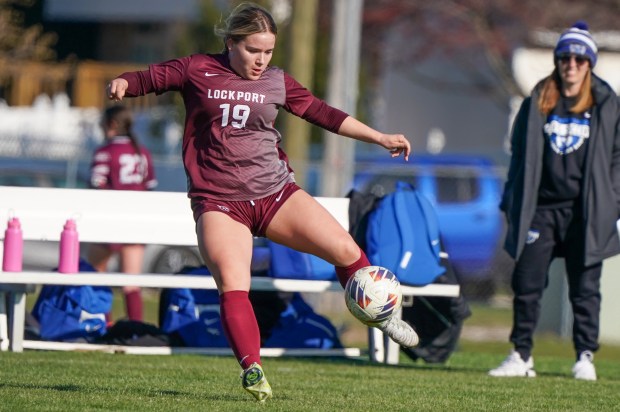With Porter County experiencing at least one day of lows below freezing in the past week, the explosive epidemic of epizootic hemorrhagic disease (EHD) that has disproportionately affected the county’s deer population compared to the rest of the state, is expected to come to an end. That’s because frost kills off the midges that transmit the disease from one deer to another.
Indiana State Deer Biologist Joe Caudell explained in July that the disease typically flares every five to seven years, but hadn’t done so in Porter County for more than a decade. A map of suspected EHD counts put out by the Indiana Department of Natural Resources shows 475 suspected cases in Porter County, while the next highest count in Allen County was 237.
LaPorte County saw 130 suspected cases, Lake County had 67, Newton County had 9, Starke County had 6, and Jasper County had none.
Drought-like conditions can cause the ground to form many breeding grounds when rain does fall and collects in small indentations such as animal prints instead of penetrating the dry ground. The midges breed in the water and attack the deer when they come to drink.
Deer that have died from EHD may have a swollen tongue, eyelids, neck, or head. Caudell said the disease can circulate anytime during the summer. His office became aware of the surge in Wabash County at the end of June.
The DNR won’t know how severe the die-off was until it conducts its fly-overs in the winter after the new year. This will be the second year for fly-overs which allow the state to visually count deer.
Bonus anterless deer quotas have been lowered in some counties though Porter County is not one of them.
Those who bagged a deer this season are not at risk, Caudell said, as the disease kills quickly so hunters are unlikely to have shots at sick deer and the educated hunter knows only to harvest healthy-looking deer. Some deer survive with chronic cases of the disease.
Caudell explained that Mother Nature has a way of replenishing the losses to EHD.
It is not uncommon for does to carry twins and triplets in the next fawning season following an outbreak. With fewer other deer to compete with for resources, these young have a better chance of making it to adulthood and bringing the population back up.
Shelley Jones is a freelance reporter for the Post-Tribune.





